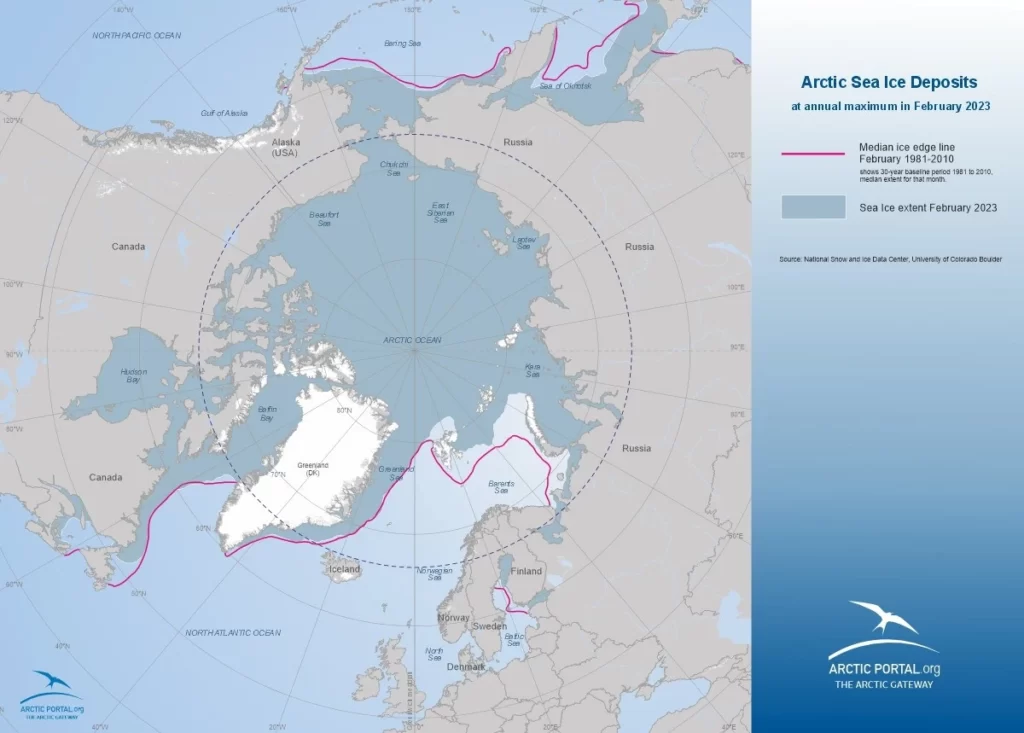
It took two years following the emergence of India's Arctic Policy for the world expert community to understand the special emphasis on the Himalayas – the third pole – and polar studies, and in what way Indian scientific expertise may help scientific advancements in the Arctic.
India’s engagement in the Arctic Region started with the Svalbard Treaty signed in 1920. The country launched its first scientific expedition to the Arctic in 2007 by the initiative of R&D institution NCPOR, which was earlier called the NCAOR (focusing on the Antarctica only). Himadri research station was set up in 2008 during India's second Arctic expedition with over 200 projects implemented till date. In 2013, India received the observer status in the Arctic Council, a year after the IndARC multisensor mooring was deployed. Later, Gruvebadet Atmosphere Laboratory was opened, which is currently in operation jointly by Indian NCPOR, Japanese NIPR, Italian CNR, Korean KOPRI, Finnish FMI and Norwegian UiT.
As for the country’s Arctic scientific involvement, the project initiatives are primarily implemented in biological sciences or around 34 percent in total share, atmospheric sciences and permafrost or 23 percent, glaciology – 16 percent, geology & geophysics – 15 percent, Earth science and oceanography – 7 percent, environmental sciences or 5 percent in total share. Thus, the Arctic knowledge is becoming more efficient and, in some way, sensitive as it helps to find the rational for country’s interests and demands in the region.
Also, India expresses the intention to cooperate in the field of shipbuilding with partnering states and institutions and learn from them more about polar class vessels and sustainable shipping technologies. Time will only tell.
Apart from scientific efforts and dedication to the international cooperation and exchange, the expert discussion during India’s First International Workshop on Polar Region Policy focused on country’s recent economic initiatives such as signing a Free Trade Agreement with the European Free Trade Association (EFTA), which is truly expected to attract investments and open new opportunities for Indian market and industries. So, New Delhi will soon eliminate most tariffs in several economic sectors on goods from Switzerland, Norway, Iceland and Liechtenstein as EFTA members. However, far from the largest European economies..
Seeking to diversify its supply chains, making them more sustainable, up to 100 billion investment flow is expected in India and a million new jobs to be created during the 15 years of the agreement. The figures are impressive. Presumably, the 21 round negotiations, which lasted for 16 years, were worth it.
Based on the expert materials at the International Workshop on India’s Polar Region Policy Towards Building Partnership with Sustainable Approach, March 12, 2024, Gujarat, India
Anurag Bisen, Ekaterina Serova